#jeanne d'alcy
Photo

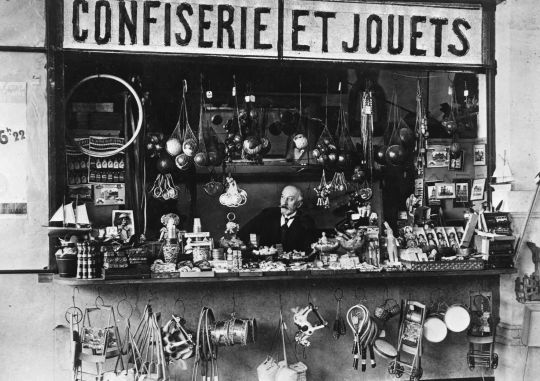

Georges Melies with his wife Jeanne d'Alcy at their toy and candy store at the Montparnasse train station, in Paris
7 notes
·
View notes
Text
The short film "The Astronomers dream" was created in 1898 by Méliè. Its original title is La Lune à un mètre, i.e. "The Moon at one metre". In the film, Méliès plays an astronomer and the Moon deity is played by his wife, Jeanne d'Alcy.
In the first part of the film we see the astronomer studying his books carefully. Suddenly Satan appears and disturbs the astronomer. At the command of a moon deity, who suddenly appears, Satan leaves. He then awakens the astronomer and she also disappears.The astronomer rushes to a table and draws a globe and a moon. The globe joins the moon and turns into a sun-like head with limb-like ends. Then the astronomer examines the sky using a small telescope and objects begin to disappear from the room. Then the moon appears as a big face and begins its meal, eating the astronomer's huge telescope first. He starts running around furious at the loss of his magnificent telescope as the moon continues to eat and destroy the things in his laboratory. Suddenly the moon opens its mouth wide and out pops two small children who dance around the astronomer. He embraces the children, launching them back into the moon and, tired now, grabs the broom and tries to hit it. It dodges it by jumping back into the sky and laughs at him in the background, laughing spasmodically. Suddenly the moon turns into a crescent and the mythological goddess Phoebe (i.e. the Moon) covered in a veil appears sitting on it. While the astronomer observes her, the figure pops up in front of him and lifts her veil. He rushes to seize her in his arms, but, to his surprise, she disappears into the air and returns to the crescent moon; then she lies down on him. The astronomer stretches out his arms towards her, as if trying to reach her, but she disappears and in her place stands a statue of a man. Seeing the statue he becomes so enraged that he grabs a club, and as he is about to crush the statue it gives way to the figure of the great moon. The protagonist dives into it and the moon chews him up with its large teeth, turning him to dust and pieces seem to pop out of his mouth. Suddenly in a cloud of smoke Satan appears, but the deity drives him away again. He then picks up the various pieces of the astronomer throwing them on his chair and piece by piece they take their proper place until the astronomer is once again seated as before. The fairy pulls him by the hand and he comes to life again. As he pleases her on his knees she disappears and his laboratory returns to its original form with all his things and him asleep on the book he was reading. Thus he realizes that he was in a dream.
#short film#the astronomers dream#georges méliès#1898#la lune à un mètre#moon#silent movies#phoebe#dream
0 notes
Photo

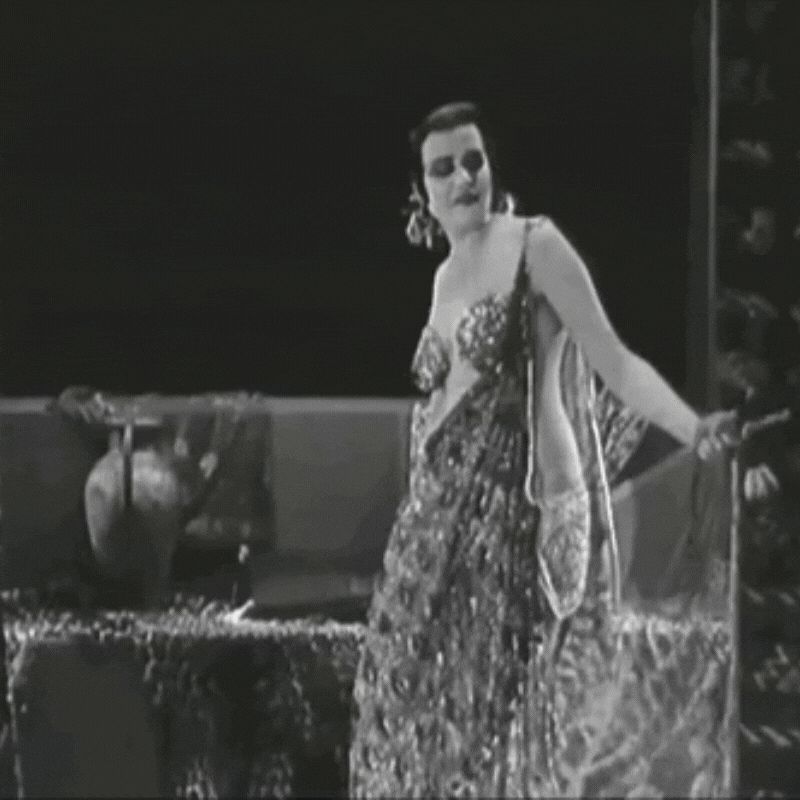
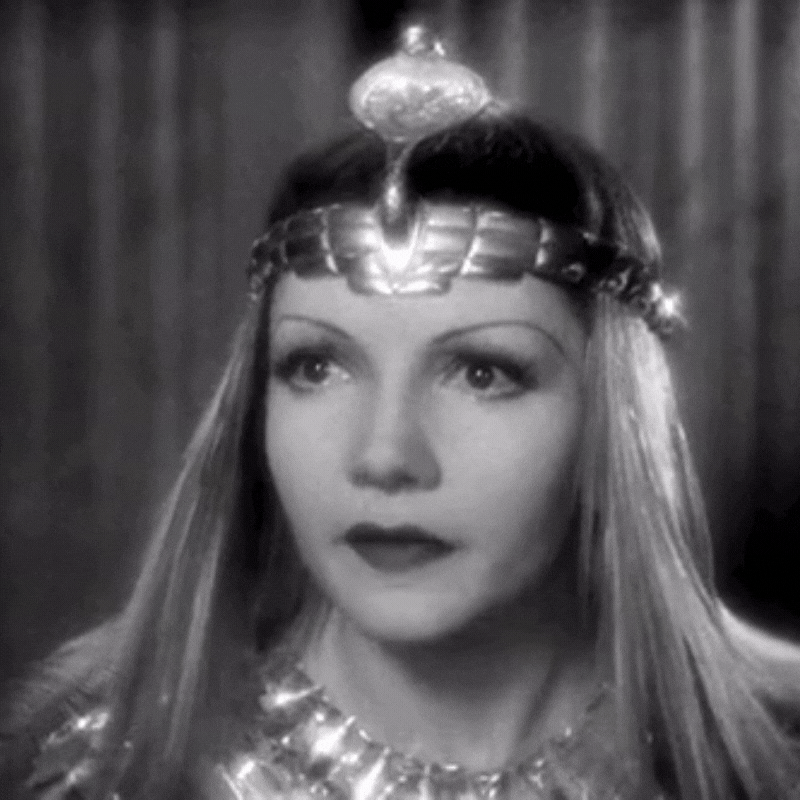



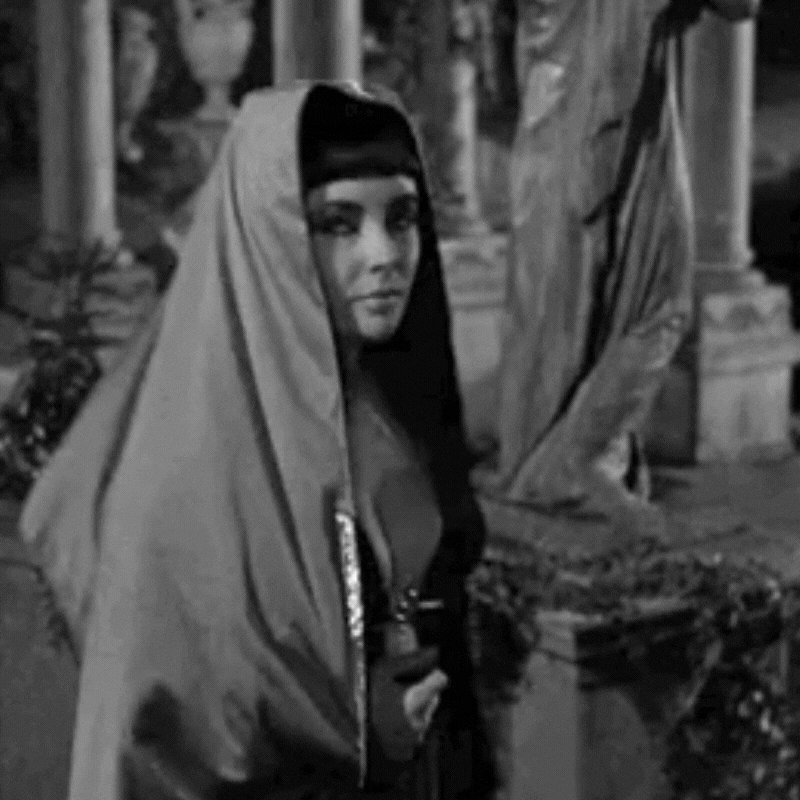


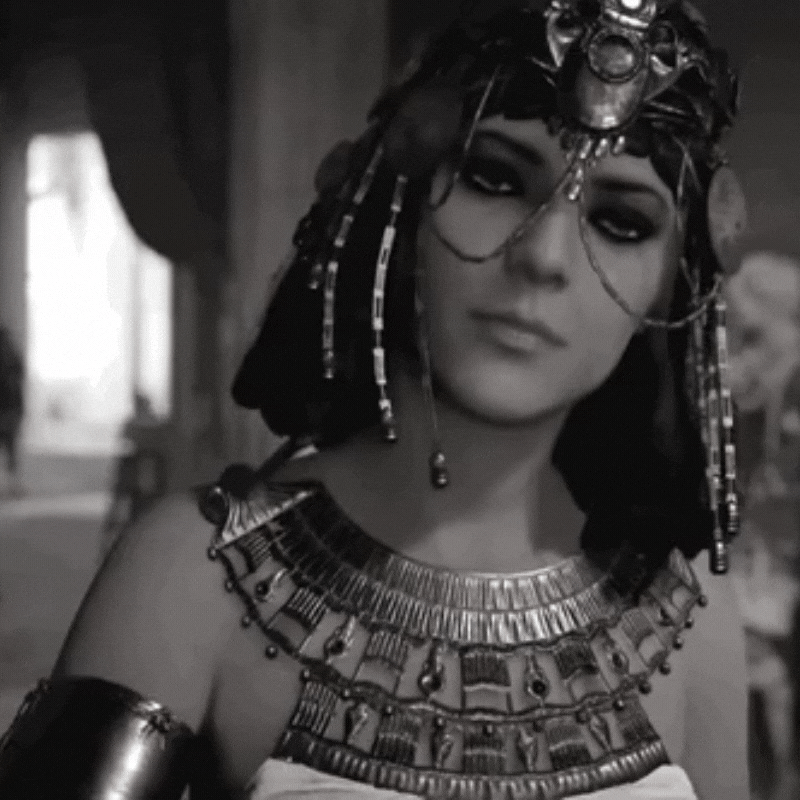
cleopatra in media
• jeanne d’alcy/cleopatra’s tomb (1899)
• theda bara/cleopatra (1917)
• claudette colbert/cleopatra (1934)
• vivien leigh/caesar and cleopatra (1945)
• rhonda fleming/serpent of the nile (1953)
• sophia loren/two nights with cleopatra (1954)
• elizabeth taylor/cleopatra (1963)
• leonor varela/cleopatra (1999)
• lyndsey marshal/rome (2005)
• zora bishop as the voice of cleopatra/assassin’s creed origins (2017)
#i had this in my drafts for way too long and it was for nell because she loves cleopatra so im finally feeling ok with it enough to post#history#jeanne d'alcy#theda bara#claudette colbert#vivien leigh#rhonda fleming#sophia loren#elizabeth taylor#leanor varela#lyndsey marshal#zora bishop#assassin's creed origins#kleopatra#cleopatra#ancient egyot#*#movies
559 notes
·
View notes
Photo

Joan of Arc
directed by Georges Méliès, 1900
12 notes
·
View notes
Photo










Barbe Bleue (Georges Méliès, 1901) with Georges Méliès as Barbe Bleue and Jeanne d'Alcy as the New Wife of Bluebeard.
#bluebeard#bluebeard (1901)#georges méliès#jeanne d'alcy#film#fairytale#barbe bleue#blue-beard#blue beard#barbe-bleue#barba blu#barbebleue#蓝胡子#青ひげ#kékszakáll#푸른 수염#blauwbaard#vrouwenmoordenaar#blåskjegg#barbă albastră#синяя борода#sinyaya boroda#ritter blaubart#frauenmörder#barba azul#barba-azul#barbaazul
17 notes
·
View notes
Photo

Georges Méliès, {1899} La colonne de feu (The pillar of fire)
#film#gif#filmgifs#georges méliès#la colonne de feu#the pillar of fire#jeanne d'alcy#georges melies#1899#dancing in films#hand-colored#people#women#short film#silent film#male filmmakers#1890s#film diary 2019#films#.gif
64 notes
·
View notes
Link
For just $3.99 Cendrillon Released in 1899: The first motion picture that used fades between scenes, and the first known motion picture with 'color' - Georges Mlis hired girls to sit along a table with the finished film stretched out along the table, and they hand-painted certain frames to add the magic of color! Directed by: Georges Mlis Written by: Charles Perrault The Actors: Georges Mlis Le gnome de la pendule and Le suisse l'entre de l'glise, Barral, Bleuette Bernon, Carmely, Jeanne d'Alcy Fairy Godmother, Depeyrou. Runtime: 6min *** This item will be supplied on a quality disc and will be sent in a sleeve that is designed for posting CD's DVDs *** This item will be sent by 1st class post for quick delivery. Should you not receive your item within 12 working days of making payment, please contact us as it is unusual for any item to take this long to be delivered. Note: All my products are either my own work, licensed to me directly or supplied to me under a GPL/GNU License. No Trademarks, copyrights or rules have been violated by this item. This product complies withs rules on compilations, international media and downloadable media. All items are supplied on CD or DVD.
0 notes
Text
Increíblemente mágico
George Melies el mago del cine. Todo aquel que dese algo de inspiración o de creatividad debería ver las obras maestras de George Melies, el que con más de 500 películas que dirigió, escribió y actuó nos enseñó que todo lo que imaginas se puede volver real, desde un viaje a la luna, un hombre de mil cabezas, conocer sirenas, trae a la vida cartas de póker, etc.
Para poder explicar más este contexto necesitamos saber quién fue George Melies, nació el 8 de Diciembre de 1861 en Saint-Martin de París. Su padre era un conocido empresario del calzado pero él desde pequeño mostró interés y habilidad por la ilustración, tal fue su pasión por el dibujo que llego a tener problemas en el colegio por tener miles de caricaturas en sus cuadernos. Otra de sus pasiones eran las marionetas construyendo sus propios decorados para sus pequeños espectáculos a la temprana edad de 10 años, en su adolescencia pudo ver en acción al gran Eugéne Robert-Houdin (este gran ilusionista inspiraría al gran mago Harry Houdini) el cual lo inspiraría para luego más tarde convertirse en ilusionista.
Luego de un tiempo George viajaría a Inglaterra ya que su padre deseaba poner una tienda de calzado allí, el objetivo inicial de Melies fue el de aprender el idioma pero no se le daba muy bien , por las noches cansado y fastidiado por no poder hablar correctamente el idioma natal de Londres decide ir a un espectáculo nocturno en el cual no dependía de la lengua de Shakespeare, fue ahí donde se volvió a encontrar con la magia , los llamados ilusionistas Maskelyne y Cookie montaban grandes espectáculos, como lo fueron, los esqueletos móviles , la mujer flotante , entre muchos otros más, ellos tuvieron un gran efecto sobre George y en 1888 tuvo la oportunidad de poner sus ideas teatrales en acción.
Su padre deseaba que él continuara el negocio familiar, pero Melie le dejo el negocio a sus hermanos quedándose solo con su parte para venderla y así poder comprar un teatro donde haría sus primeras actuaciones, donde conoció a su esposa Jeanne d'Alcy quien ese momento era su asistente. Tuvieron mucho éxito, Melies era muy carismático y espontaneo, sus trucos era algo único. Tal fue su éxito que comenzó a inventar y crear dispositivos para sus ilusiones y dar cada vez algo nuevo y fresco a la audiencia.
Una noche George invito a Jeanne d'Alcy a un circo ambulante y ahí fue donde su vida cambiaría para siempre, entraron a una tienda que decía cinematografía, resulta que Los hermanos Lumier acaban de inventar el cinematógrafo una forma de entretenimiento nunca antes vista una nueva forma de ilusión pensó Melies, fascinado por esta máquina les pregunto a los hermanos si le vendían una, pero ellos se negaron, le dijeron que no le veían mucho futuro al cine. Pese a la negación de la venta de la cámara se puso en marca y con su conocimiento en máquinas y el dinero que le sobraban de sus actuaciones construyo su propia cámara, sin dudarlo ni un segundo junto con su esposa Jeanne d'Alcy vendieron todo para poder comprar su propio estudio, aquí ejerció como, director, escritor, ilustrador, decorador, actuó junto con su esposa que también se convirtió en actriz. También puso sus conocimientos de ilusionista para crea efecto visual nunca antes visto (stop trick), es aquí donde nació lo increíblemente mágico. Mundos llenos de magia, intriga, humor, suspenso, etc. El castillo donde se construían los sueños (se le llamo castillo ya que su estudio estaba construido por paredes y techo de vidrio para que pudiera entrar la mayor cantidad de luz posible. Esto y mucho más paso en la vida del gran mago del cine , si la vida de este gran hombre no te inspiro tal vez sus películas lo harán , él se atrevió a soñar más allá a no dejarse doblegar por los parámetros, de atreverse a soñar y crear algo único , algo a lo cual creo que nos vendría muy bien hoy en día atrevernos a soñar con mundos nunca antes vistos , con historias nunca antes escritas o escuchadas , atreverse a ser original a ser increíblemente mágico.
Escrito por: Jonathan Pulido
Historia de la imagen en movimiento
Martes: diurno
0 notes
Text
#2 IMDb 1901: Bluebeard
youtube
Georges Méliès is remembered for his short trick films and his epic fantasy films, both of which he filmed concurrently. Here we have his Bluebeard (played by Méliès himself) based on the famous fairy tale. With a run time of 12 minutes and multiple elaborate sets and costumes, this was very expensive for him to produce. His shorter films helped pay for his longer ones and both were popular.
Without going into great detail, this film is relatively easy to follow if you know the basic tale (audiences could have problems following complex narrative films prior to the use of intertitles. Films, such as this, often had accompanying narration). Bluebeard, a nobleman whose previous wives have all “disappeared”, is searching for his eighth wife. He finds a reluctant one, and he tells her she can go into all the rooms of his castle except one. So when she inevitably does, she discovers the fate of his previous wives (Warning: the discovery is a bit grim and Méliès does not shy away from that detail).
Méliès, here, gives us fantasy and horror, battles and rescues, and all with his unique style that continues to charm and amaze today. Not his most famous, but still a must-see. Bravo!
#Bluebeard#1901#1901 film#Georges Méliès#jeanne d'alcy#bleuette bernon#fairy tale#fantasy#horror#Star-Film#french cinema
0 notes
Photo

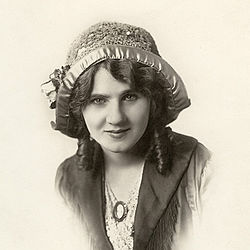
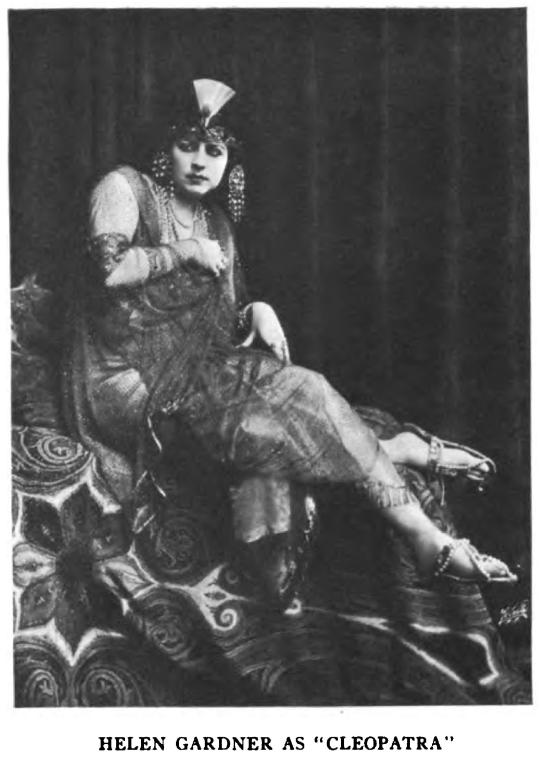
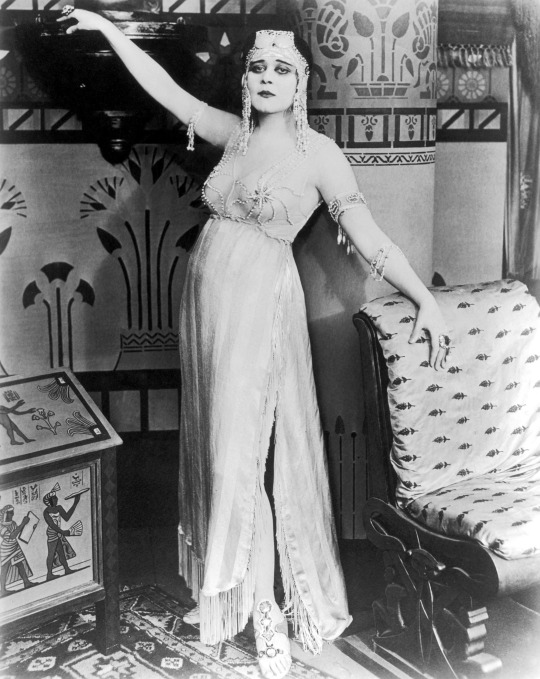
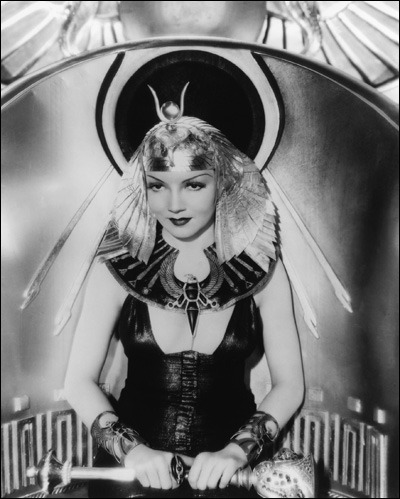

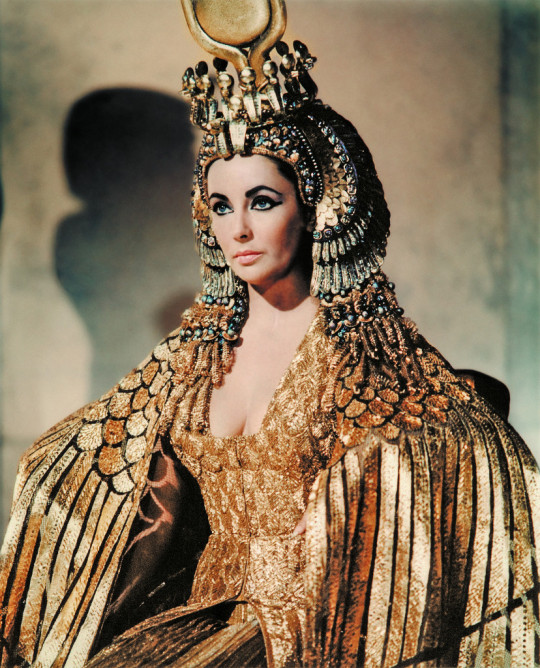
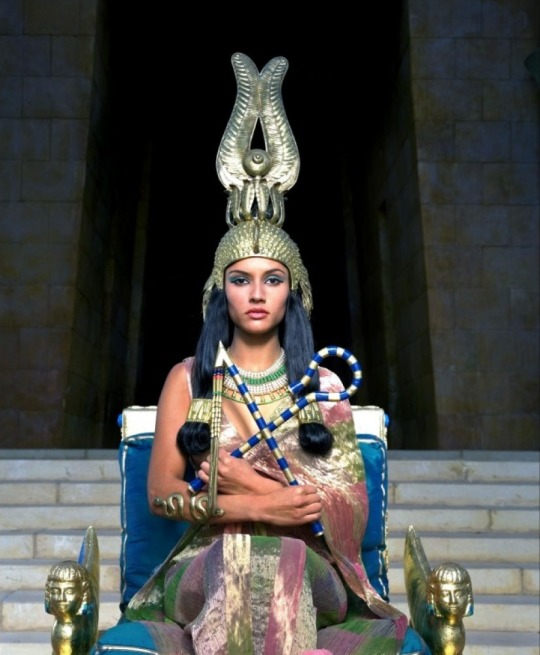
Jeanne d'Alcy 1899 (Lost)
Florence Lawrence 1908
Helen Gardner 1912
Theda Bara 1917
Claudette Colbert 1934
Vivien Leigh 1945
Elizabeth Taylor 1963
Lenor Valerla 1999
The different actresses that have played Cleopatra
#jeanne d'alcy#george melies#theda bara#florence lawrence#Helen gardner#claudette colbert#vivien leigh#elizabeth taylor#lenor valerla#silen films#cleopatra#colloge
38 notes
·
View notes
Photo
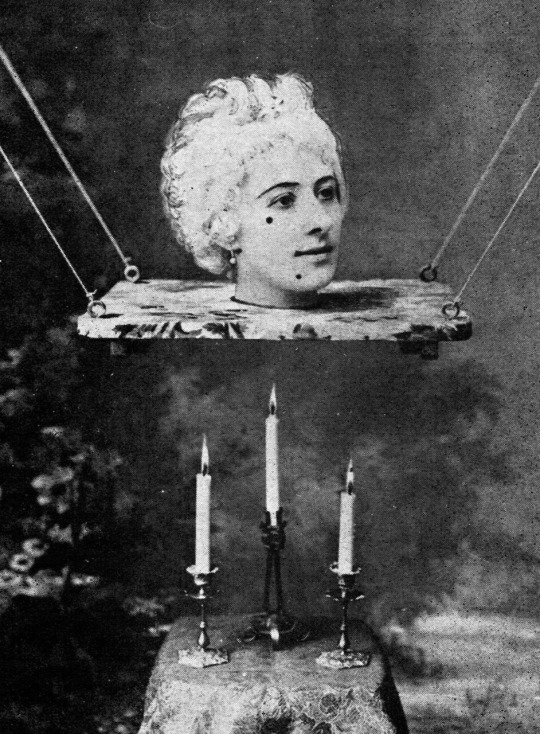
Jeanne d'Alcy dans Escamotage d'une dame de Georges Méliès, 1896.
C'est le premier film de l'histoire du cinéma français utilisant un trucage.
17 notes
·
View notes
Photo
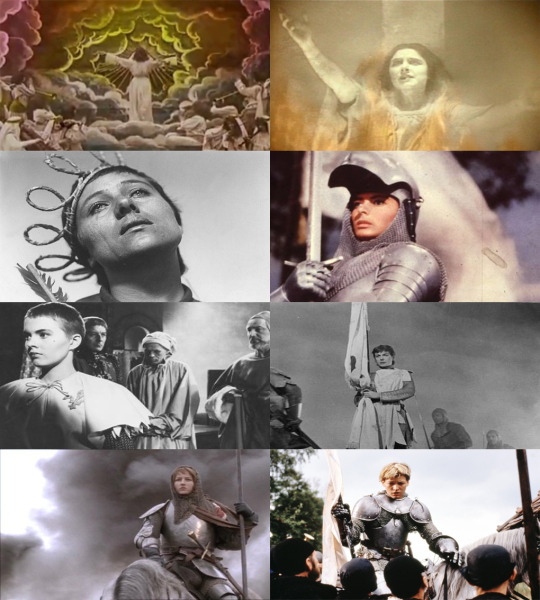
famous women and their actresses
jeanne d'arc
Jeanne D’Alcy in Jeanne D’Arc (1899)
Geraldine Farrar in Joan the Woman (1917)
Renée Jeanne Falconetti in The Passion of Joan of Arc (1928)
Ingrid Bergman in Joan of Arc (1948)
Jean Seberg in Saint Joan (1957)
Hedy Lamarr in The Story of Mankind (1957)
Leelee Sobieski in Joan of Arc (1999)
Milla Jovovich in The Messenger : The Story of Joan of Arc (1999)
#actresses#joan of arc#Jeanne d'Arc#FWATA#Jeanne d'Alcy#Renee Jeanne Falconetti#ingrid bergman#hedy lamarr#Leelee Sobieski#Milla Jovovich#*
39 notes
·
View notes